Hello everyone! This week we’re learning about POOP! If that seems a little odd or maybe a little gross, wait until you hear how awesome and important whale poop is!
All living things produce waste for at least part of their life cycle, and whales are no exception. What do you think whale poop can tell us about the animals? Specifically, what does the color of their poop tell us? It helps scientists understand what the whales are feeding on. Whales feed beneath the surface of the water, so researchers often can’t see what they are feeding on. When a whale poops, it’s like a little glimpse into what they have been feeding on. When whales are eating fish, their feces are a brown color. When whales eat crustaceans (krill or copepods), their feces are bright red.
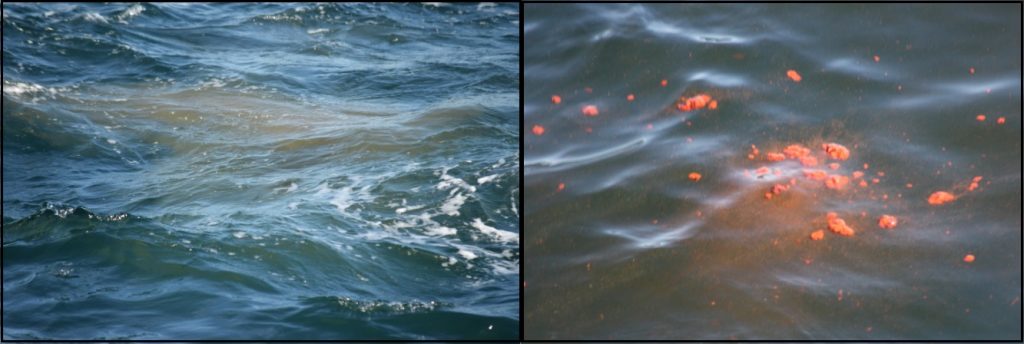
The main food source for the North Atlantic right whale are three species of copepod (pictured below). Copepods are a type of zooplankton and are crustaceans just like crabs and lobsters. They can be found in almost every freshwater and saltwater habitat. They are incredibly small compared to the massive 50-foot right whale. The large copepods (the favorite of the right whale) are up to 2 mm. That’s smaller than a grain of rice! These copepods are able to move up and down in the water column to feed on smaller copepods or phytoplankton. The location of the copepods determines where the right whales are in the Gulf of Maine. Their health and robustness is extremely dependent on healthy copepod numbers.
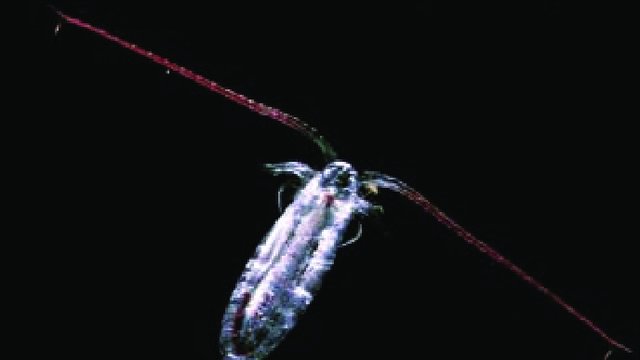
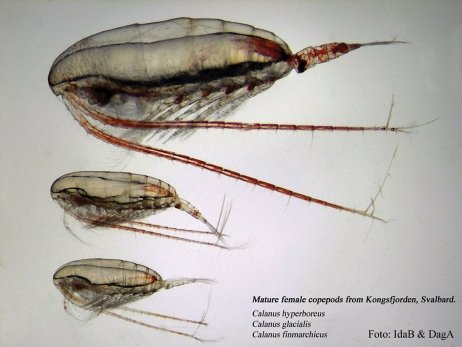
Whale Poop and the Cycle of Life
It’s thought that whales often poop at the surface due to the increased water pressure on them deeper in the water column. This kicks off the cycle of life in the ocean, which is very similar to the process of how plants grow on land.
Think about what a plant needs to grow–sunlight and nutrients (along with water and carbon dioxide). In the ocean, the phytoplankton (the plant-like plankton) float near the surface because they need to capture sunlight. But, nutrients are heavier and they sink. There are processes in the ocean that force those nutrients back to the surface, but whale poop is also a powerful contributor. If whales are pooping right at the surface, they are re-introducing those nutrients into the ecosystem and essentially fertilizing the phytoplankton. This is much like how farmers fertilize their crops with cow, chicken or pig manure. Lots of phytoplankton leads to lots of zooplankton (the animal plankton like krill and copepods). That begins the food chain in the ocean. Plankton in turn feed small fish, then large fish, then whales, sharks, birds and even humans.
Phytoplankton Produces Over Half Our Oxygen
Humans also benefit from this cycle, even if you’ve never eaten seafood or set foot in the ocean. While it is true that plants produce a significant amount of the oxygen we breathe, phytoplankton is responsible for over half of the oxygen production on our planet! That’s equivalent to every other breath you take, even if you are hundreds of miles from the ocean.
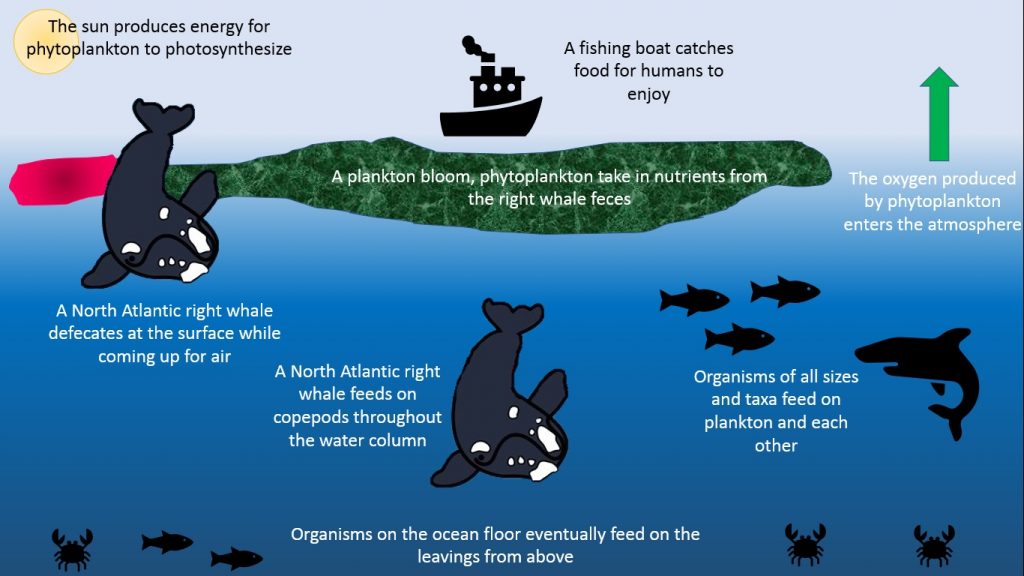
Humans are deeply connected and dependent on the ocean, so it is imperative that we protect it and all the creatures that call it home!
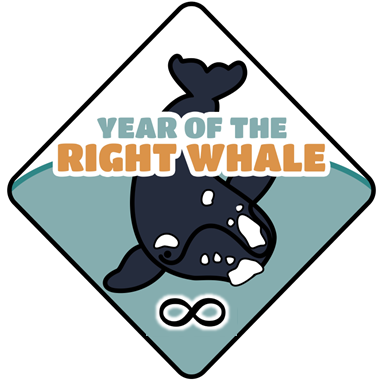 |  |

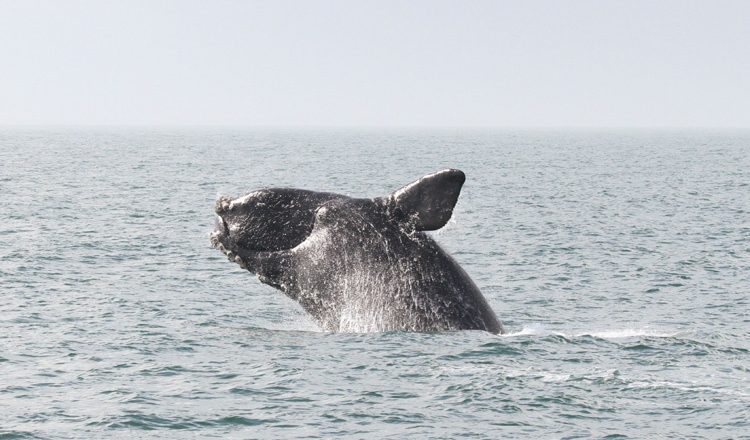





Well that is a great post … really I found it very interesting … how all organic matter just keeps everything in balance and coming back around with more life …
Love this!!! It’s amazing how far a chain reaction and cycle like this can go..hooray for whale poop!!
Agreed! Thanks for reading!